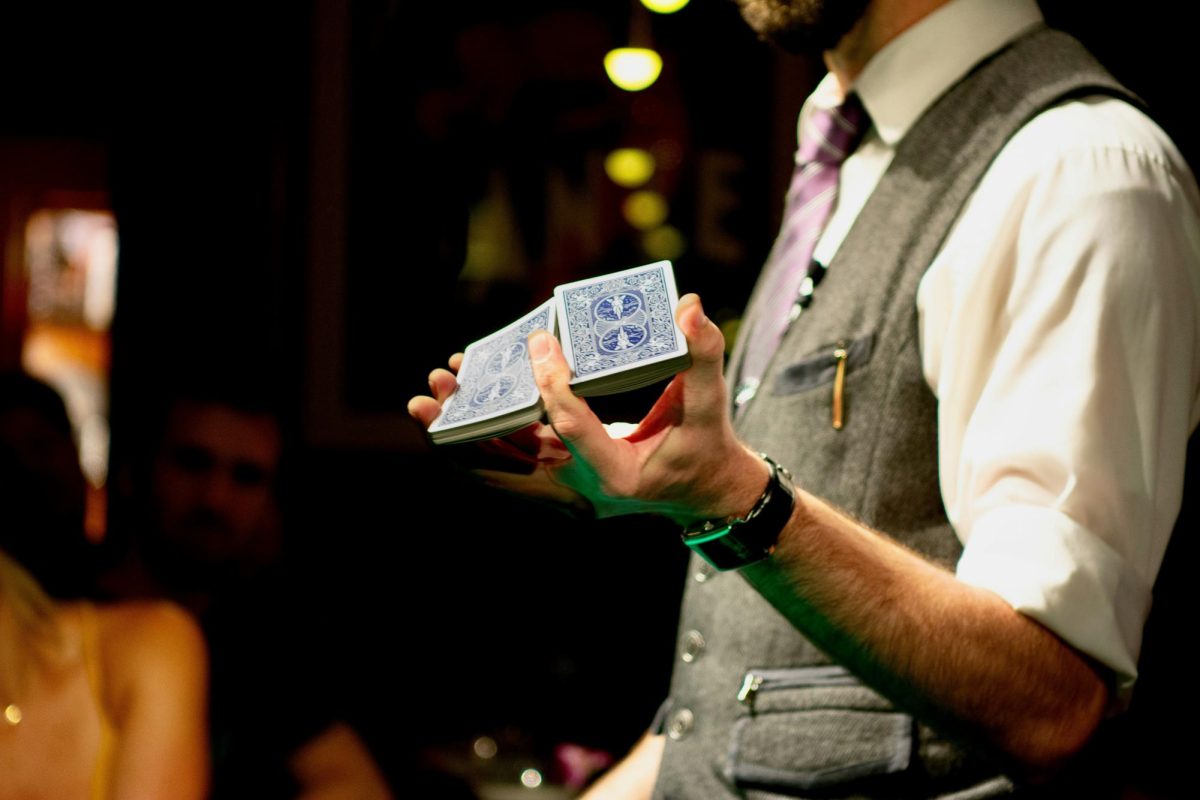Valentine’s Day is a well-known tradition to spend time with loved ones and show them affection, but the origin of this holiday is much darker than one might think. This holiday dates back to ancient Roman times, and is a dark story involving an outlaw of marriages, murder and the Christianization of a pagan holiday.
This holiday is a tradition to celebrate Saint Valentine. The story has many different variations, but the overall message remains the same. In the time of Emperor Claudius II’s rule from 268 to 270, he outlawed marriage for young men because he believed that single men made stronger warriors than married soldiers with a wife and children. Obviously, this caused much outcry, but there was nothing people could do to outwardly defy the emperor.
Saint Valentine, however, decided to do something about this injustice. He performed marriages for young men and women in secret. However, his actions were discovered and he was jailed by Claudius II, who planned to put Valentine to death. While in jail, Valentine fell madly in love with the jailer’s daughter, but his death sentence made sure this relationship could never succeed. Before his death, Valentine wrote a letter to his love, the jailer’s daughter, signing it with “from your Valentine,” which spawned the phrase commonly used today.
Many people believe that the date of Valentine’s Day, Feb. 14, is most likely the date of Saint Valentine’s death. However, some believe that the Christian church placed the holiday in February to Christianize the pagan holiday of Lupercalia. This was a festival dedicated to the Roman god of agriculture, Faunus, and Romulus and Remus, the founders of Rome who were raised by the she-wolf Lupa.
In this festival, members of the Luperci, an order of Roman priests, would go to the sacred cave where Romulus and Remus were raised and sacrifice a goat, signifying fertility, and a dog, signifying purification. They would make strips of the goat’s hide and dip them in sacrificial blood. They would then walk through the streets, slapping both women and crop fields with the goat hide to make them more fertile for the upcoming year. In addition to this, Roman women would place their names in an urn, and the names that were chosen by bachelors would lead to marriage.
This tradition lasted a long time, but was eventually outlawed at the end of the fifth century due to being “un-Christian,” when Pope Gelasius declared Feb. 14 as Valentine’s Day. However, this tradition had nothing to do with love until later. France and England believed that bird mating season started on Feb. 14, so it eventually became associated with romance.
Over time, Cupid eventually became connected to Valentine’s Day, portrayed as a chubby child with a bow and arrow, flying around and making people fall in love. However, Cupid is not nearly as innocent as he seems. Cupid is the Roman god of love, a handsome man who toyed with mortal emotion, causing jealousy, anger and many of the negative emotions that love can cause. Despite this, his portrayal has changed to a much happier persona.
Despite this dark origin of Valentine’s Day, it became a celebration for loved ones to connect and show each other how much they care, and may continue to evolve and become a different celebration over time. For now, it will remain a day of chocolates, flowers, gifts and a great way to show your partner that you love them.













































































